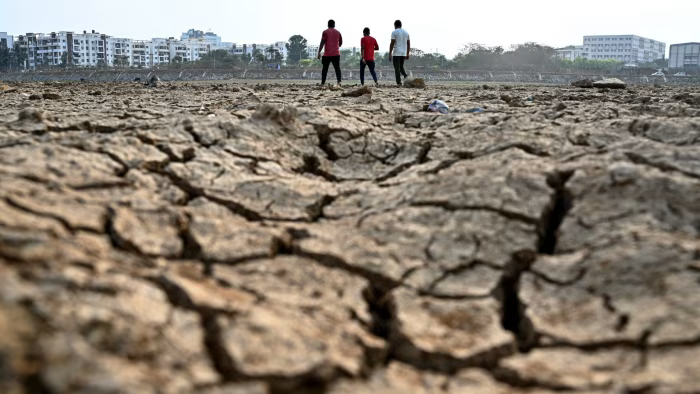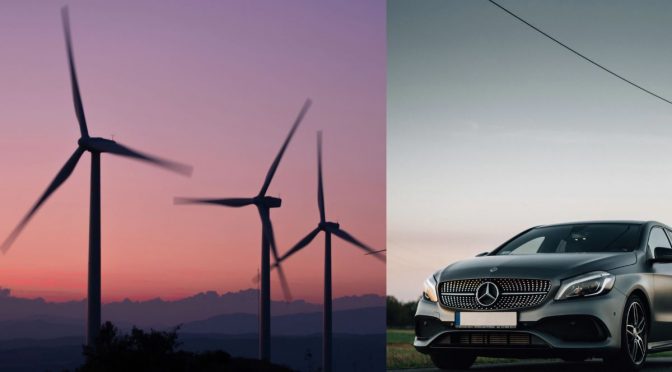A surge in global energy consumption last year was largely driven by record-high temperatures, highlighting the complex relationship between climate change and energy use, the Financial Times reports.
According to the International Energy Agency (IEA), half of the rise in global emissions from energy in 2024 was due to extreme heat, which led to higher electricity consumption for cooling.
The IEA reported that greenhouse gas emissions from energy use rose by 0.8% in 2024, with global energy demand increasing 2.2%—a faster pace than the 1.3% average over the past decade and 1.8% the previous year.
Heatwaves in China and India significantly contributed to this rise as demand for air conditioning led to greater coal-fired electricity generation. In addition, the growing adoption of electric vehicles (EVs) and the expansion of artificial intelligence-driven data centers added pressure to power grids. The IEA noted that server capacity grew by 20%, particularly in the US and China, further pushing energy consumption upward.
Electricity consumption worldwide rose by nearly 1,100 terawatt-hours (TWh) in 2024, more than double the average annual increase of the past decade. This surge reversed years of declining energy use in advanced economies, according to IEA Executive Director Fatih Birol.
While oil’s share of global demand fell below 30% for the first time, gas generation increased, particularly in emerging and developing economies. At the same time, renewable energy sources such as wind and solar were deployed at record levels, and nuclear power saw renewed investment from governments and financial institutions. Together, these low-carbon energy sources accounted for 40% of global electricity generation for the first time.









The latest news in your social feeds
Subscribe to our social media platforms to stay tuned